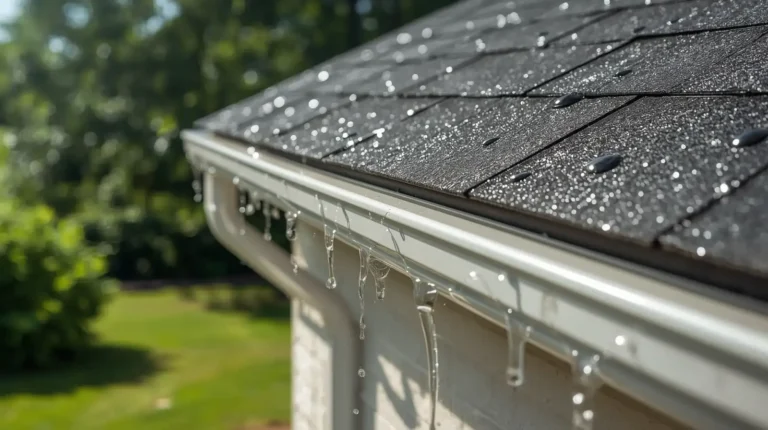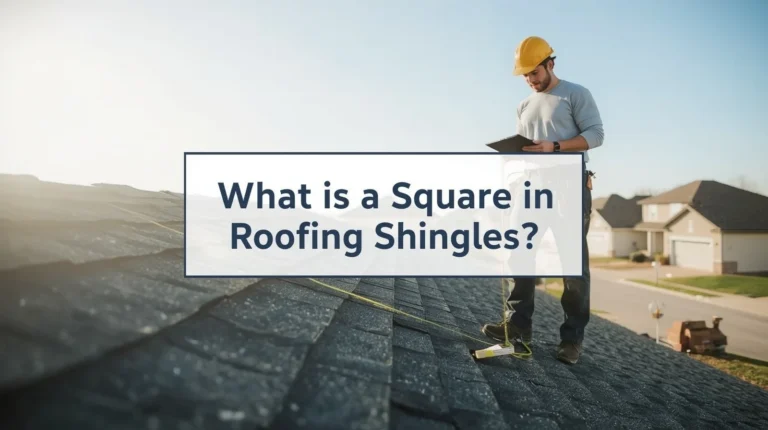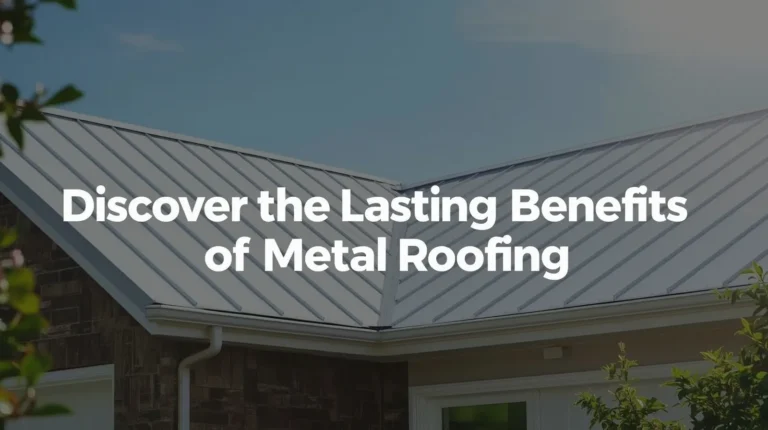What Are Roof Vents and Why Do Homes Need Them?
Every house needs a way to let hot air out of the attic. That’s where roof vents come in. They help push the heat out so your home stays cooler inside. When hot air is stuck up there, it can cause moisture, mold, or even damage your roof. That’s why roof vents matter. One of the most common styles used today is called the roof vent turtle type, and we’ll be talking about that in this article.
When you don’t have good airflow in your attic, your air conditioner has to work harder. Roof vents help solve that. There are many different kinds, but turtle vents are one of the simplest and most trusted. They sit low on the roof and quietly let air escape without any moving parts.
Understanding Passive Roof Ventilation Systems
Passive roof ventilation is all about natural air movement. There are no fans or wires. Instead, vents like the turtle vent use the wind and the rising heat to move air out of your attic. Cool air flows in through lower vents, and warm air rises and escapes through the top.
Turtle type roof vents are a good example of passive ventilation. They work best when paired with intake vents, like soffit vents, near the bottom edge of your roof. This creates a smooth air path. It’s a quiet, energy-saving way to keep your home cooler and drier without adding extra noise or electrical parts.
What Is a Turtle Roof Vent? A Quick Overview
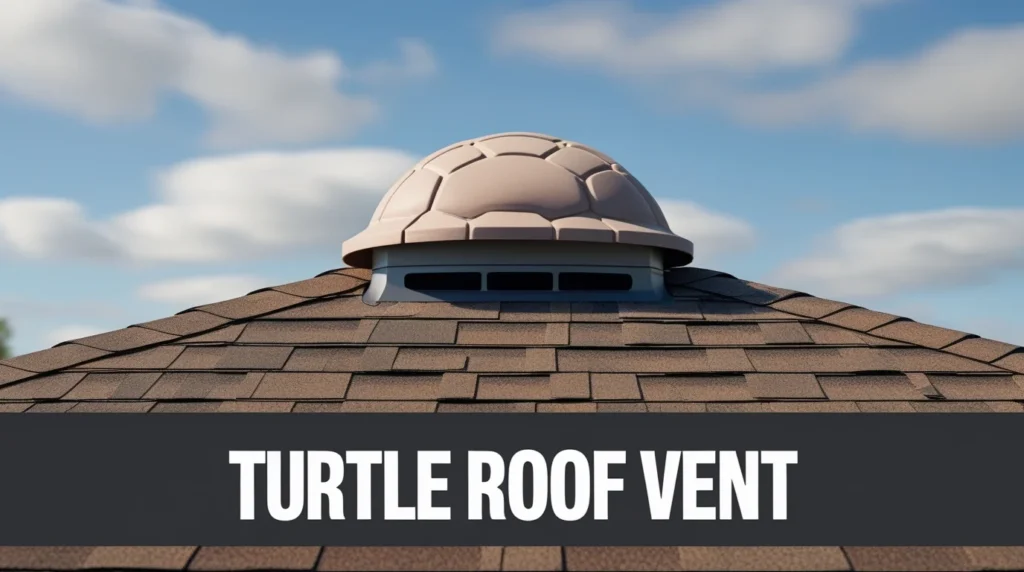
The turtle roof vent gets its name from the way it looks. It’s low and rounded, like a turtle’s shell. These vents are fixed and don’t open or close. They are small and installed close to the top of the roof where hot air gathers.
They are sometimes called turtle back roof vents or turtle vents roof, but they all work the same. These vents let warm attic air rise out of the house. They are easy to spot because they look like a small dome sitting on your shingles.
Contractors often choose these vents because they’re simple, cost-effective, and do the job well. They are a go-to for homes with smaller or medium-sized attics.
How Turtle Back Roof Vents Work to Keep Attics Cooler
Turtle back vents work by letting hot air escape from your attic. As warm air rises, it flows out through the vent’s opening. There are no moving parts. That means there’s less chance of it breaking.
When combined with soffit vents below, turtle back vents help create steady air movement. This airflow cools the attic and helps protect your roof and insulation from heat damage. You won’t see or hear them working, but they make a big difference in comfort and energy use.
Even if you don’t notice them, turtle back vent designs play a big role in long-lasting roof performance. Without this ventilation, your roof might get too hot, your AC might work overtime, and your attic could gather moisture.
Metal vs. Plastic Turtle Vents: Which One Is Better?
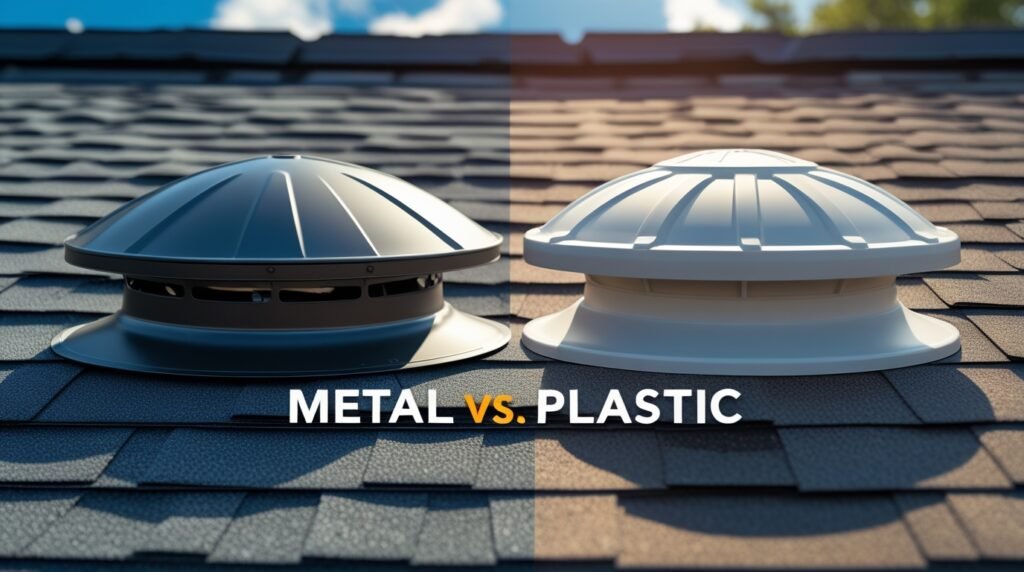
When picking a turtle vent, one choice is between metal turtle vents and plastic turtle vents. Both do the same job, but there are some key differences.
Metal turtle vent options are strong and last a long time. They handle sun, rain, and snow well. They don’t crack in cold weather and won’t fade as easily in the sun.
On the other hand, plastic turtle vent units are lighter and often cheaper. They resist rust but may become brittle over time, especially in places with strong sunlight or very cold winters.
Your choice depends on your climate, roof material, and how long you plan to stay in the home. Metal lasts longer, but plastic may cost less upfront. Either type works fine if installed correctly.
Roof Vent Turtle Type: A Closer Look at the Design and Benefits
- The roof vent turtle type is among the most popular vent styles used in residential roofing.
- It features a flat, low-profile shape that blends smoothly with various roof types.
- These vents are designed to release attic heat and support steady airflow.
- As passive systems, they operate without electricity, saving on energy costs.
- Their budget-friendly nature makes them attractive for homeowners.
- Small in size, they can be installed in multiple spots across the roof without changing the home’s look.
- For smaller attics, one or two turtle vents are usually enough.
- Larger roofs may need several vents for proper air circulation.
- These vents are quiet, reliable, and trusted by professional roofing contractors.
Turtle Vent vs Ridge Vent: Which Option Makes More Sense?

You might wonder how turtle vents compare to other vents, like ridge vents. Let’s break it down.
A ridge vent runs along the peak of your roof. It gives wide, even airflow and is great for large attics. But it requires a straight, clean ridge to work well. Also, ridge vents often need more complex installation.
A turtle vent, in contrast, can be installed on many roof shapes. It’s easier to add during a re-roofing job or even on its own. You can install just one or multiple depending on your needs.
Both types have their place. If your roof has a long ridge line, a ridge vent might work best. If not, turtle vent vs ridge vent becomes more about your roof shape and budget. Turtle vents are often the more flexible choice.
Choosing the Right Turtle Type Roof Vent for Your Home in Stafford, VA
If you live in Stafford, VA, the right roof vent matters because of the humid summers and cold winters. A turtle type roof vent is a smart pick for homes in this area. It’s simple, tough, and works quietly to keep the attic cooler and dry.
Talk to your roofer about the size of your attic and the number of vents you may need. Turtle vents roof systems are easy to install, especially during roof replacements. Depending on the material you pick, such as metal turtle vent or plastic turtle vent, your system can last for many years.
At Port Solutions DMV, we often recommend turtle vents for homes in Stafford because they’re reliable and budget-friendly. They’re also easy to maintain and don’t require any extra wiring or fan setups.
Final Thoughts on Turtle Vents Roof Systems
Turtle vents may be small, but they make a big impact on your roof’s health. They help air move out of the attic, protect the home from heat damage, and keep your energy bills in check. With options like turtle back roof vents, metal turtle vents, and plastic turtle vents, there’s a style to match every home.
If you’re choosing between turtle vent vs box vent or turtle vent vs ridge vent, think about your roof’s size, shape, and location. There’s no one-size-fits-all answer, but turtle vents give you the flexibility you need.
Port Solutions DMV is here to help you pick the best roof vent for your needs. Our team can walk you through the options and make sure your attic has the airflow it needs to stay safe, dry, and cool.
Need help with turtle vents or planning a roof upgrade? Get in touch today and let’s talk about the best way to protect your home.


